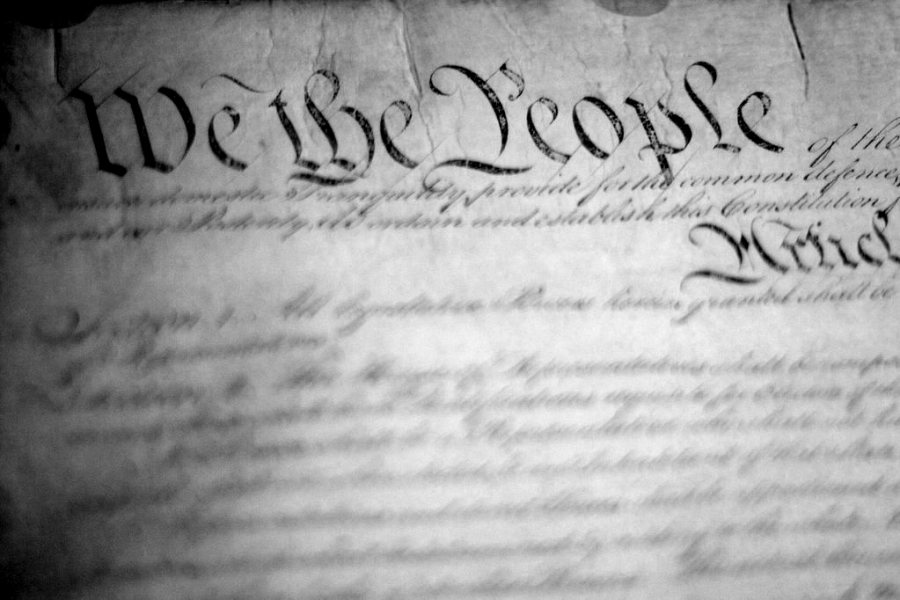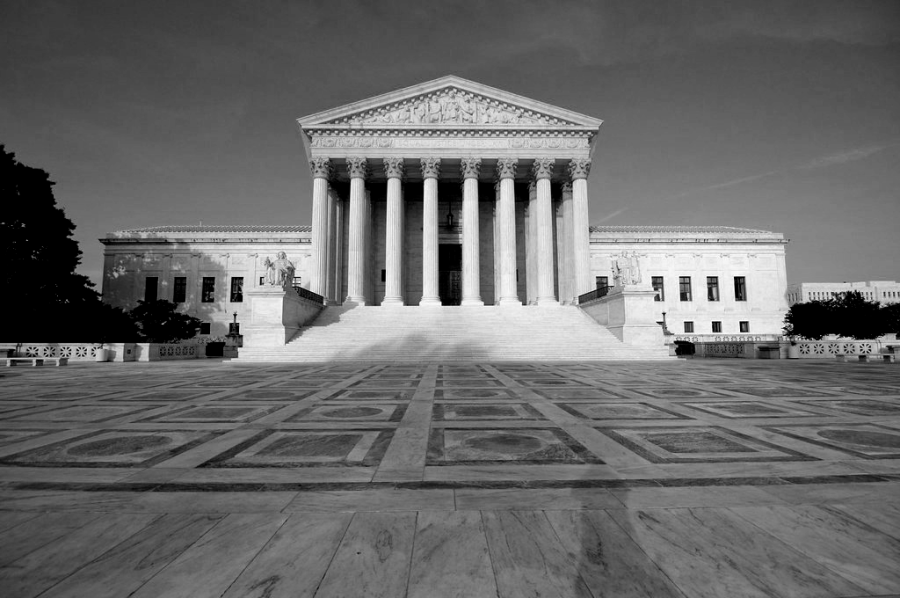Carrie Buck Eagle Detamore died on January 28, 1983. She was buried in Charlottesville’s Oakwood Cemetery with her husband, Charlie Detamore. On May 2, 2002, Governor Mark Warner gave an apology for Virginia’s eugenics program that Carrie Detamore never heard. Along a Charlottesville road, there is a highway marker dedicated to Buck v. Bell.
It feels, sometimes, like America is built from mistakes. Mistakes that we may learn from, yes, and mistakes that form the education of the future, yes, but mistakes nonetheless.
I find the phrase “anti-canon” fascinating. No country wants to be known for its worst failures, and one prefix allows for a degree of separation. It was Americans that made the decision to deny Carrie Buck her own autonomy, and it was Americans that have upheld this decision for decades, and it was Americans that have not since overturned Buck, but one prefix makes this decision un-American. Part of the “anti-canon.” A lesson, or a unit in college constitutional law classes, or a case that slips through high school educational cracks. A mistake that America simply has to have made up for, in apologies and highway markers and symbolism.
And yet. In almost a century since the original lawsuit, Buck has yet to be overturned. A new generation of eugenics-obsessed neo-Nazis have come into the mainstream. As recently as a few years ago, former United States president Donald Trump has expressed a eugenics-based sentiment, telling a campaign ally, “You have good genes. A lot of it is about the genes, isn’t it, don’t you believe? The racehorse theory. You think we’re so different?”
Eugenics is not an ideology lost to time. It is not simply a sign that we left on the side of a highway; rather, eugenics is a piece of America’s history that we cannot and should not let disappear. When we forget our history, we are doomed to repeat it.
In many colleges, Buck v. Bell has become a staple of the anti-canon taught in constitutional law classes, but remembering this case means learning about it before college. I found the report Three Generations, No Imbeciles: New Light on Buck v. Bell by Paul A. Lombardo to be particularly enlightening, especially on the dynamics between Priddy, Strode, and Whitehead. Lombardo also has released a book of the same name, though I have not read it yet.
Mr. Andrew Maddix, NASH’s AP Government and Comparative Politics teacher, recommends The Anatomy of Fascism by Robert O. Paxton, as well as Dark Continent: Europe’s Twentieth Century by Mark Mazower.
Maddix also recommends keeping a careful eye on state politics. “People need to understand that the power the state legislatures do have is a significant power, and we need to be careful who we elect to our state legislatures, because they can pass laws such as these,” he said. “What I would really express to our kids is [that] you have to pay attention to who you elect to state government.”
Reading the case itself is also helpful towards understanding the place in history that it belongs to.
Feldman’s Harvard lecture gives a different perspective of Buck that I found similarly fascinating. In forcing students to argue against Buck as Holmes wrote it, Feldman effectively trains his students to see the logical paths that would lead to a similar conclusion.
“What I’d suggest is that one of the virtues of reading a case like this and engaging with it is to try and engage with an archeology of where our conventional certainty has come from,” Feldman stated. “To try to map out the different byways and highways by which we come to think that x or y is protected by the Constitution, that x or y is morally correct… That something is an outrage.”
Venezia, too, supports the notion that education is the key to moving forward as Americans.
“I think it’s a matter of understanding the historic reaction to different groups of people that have come and different groups within the United States,” Venezia said. “When we forget about that, that’s when it tends to spring back up again.”
_________________________________________________________
Editors’ note: All opinions expressed on The Uproar are a reflection solely of the beliefs of the bylined author and not the journalism program at NASH. We continue to welcome school-appropriate comments and guest articles.





